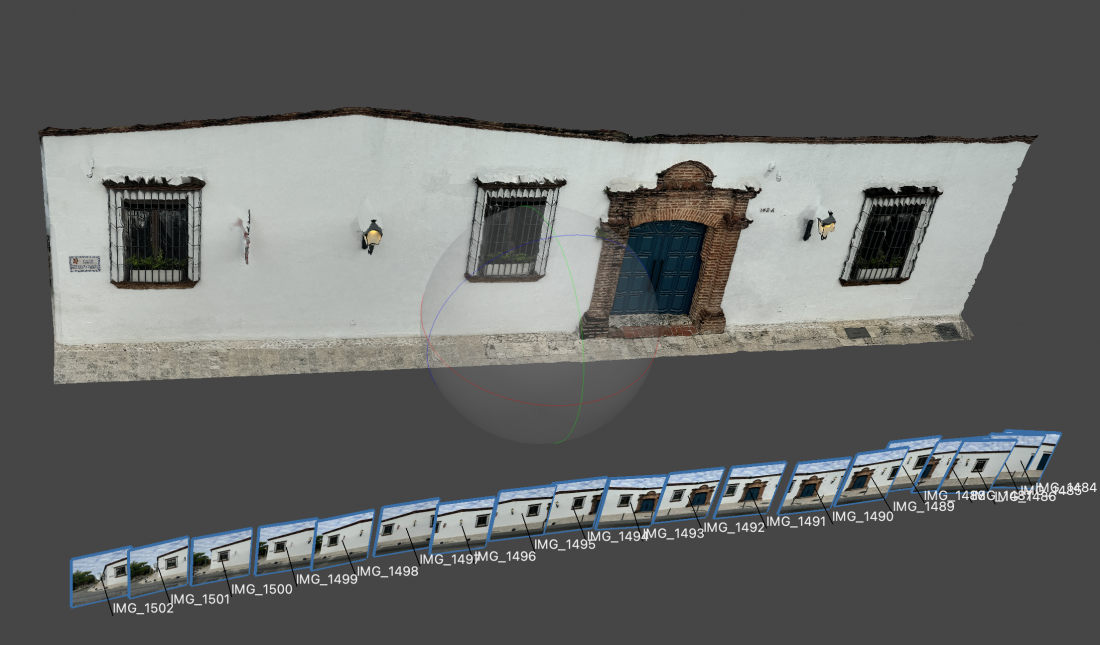The 2nd Course on "Digital Photogrammetry Applied to Cultural Heritage in Mexico, Central America and the Caribbean" Basic Level concluded.
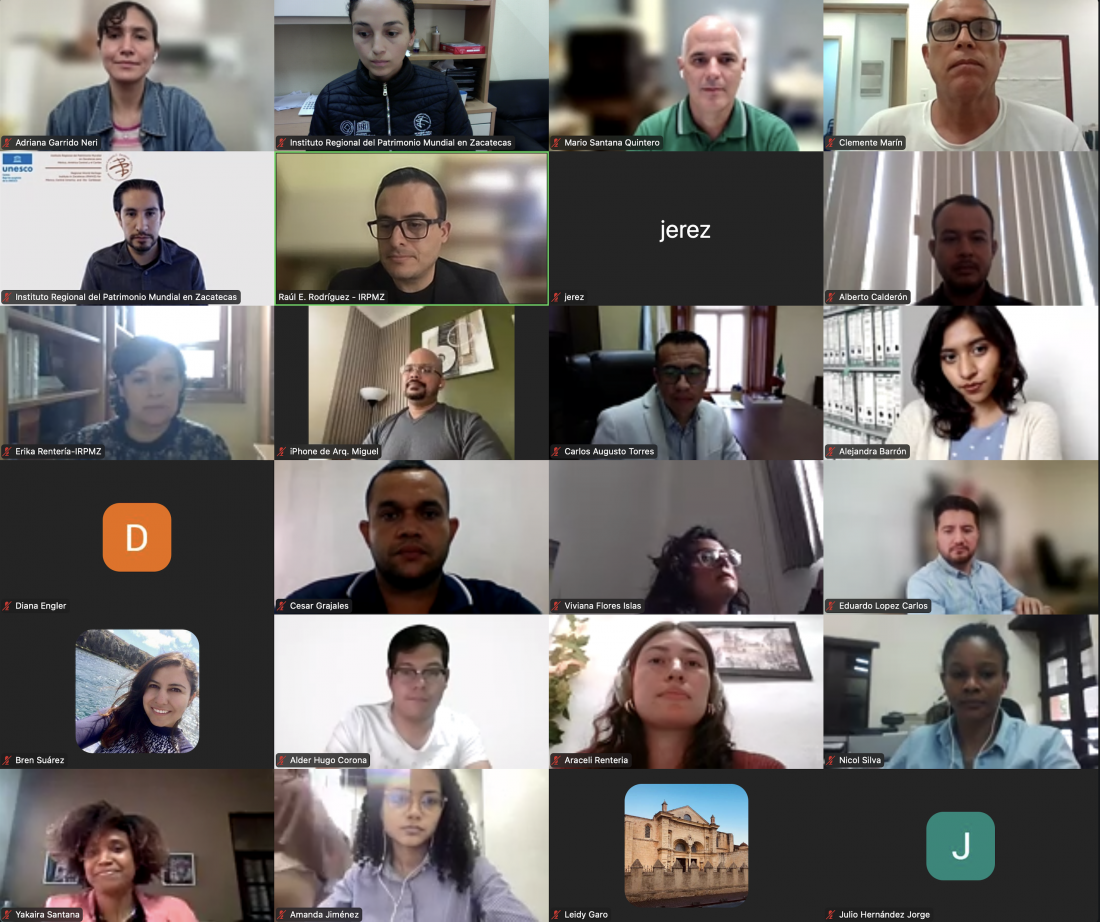
The 2nd online course "Digital photogrammetry applied to cultural heritage in Mexico, Central America and the Caribbean" (Basic Level) was held on July 1, 2, 3, 8 and 9, 2024. The purpose of this course was to provide participants with the skills and abilities necessary to apply this technique to the documentation of built cultural heritage located in World Heritage sites.
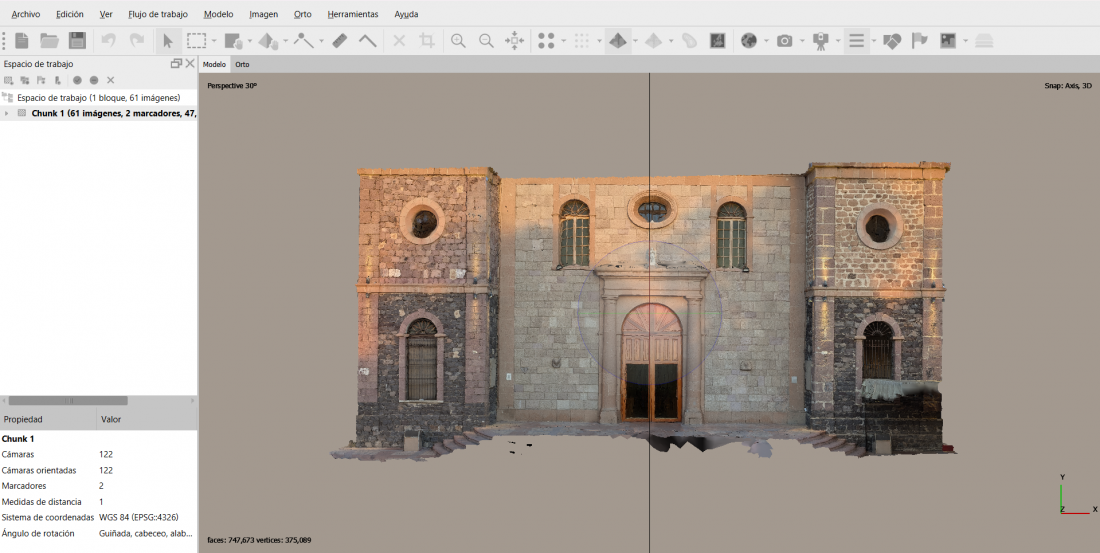
The Regional World Heritage Institute in Zacatecas organized this course, and it was taught by archaeologist Jorge Cuauhtémoc Martínez Huerta, a specialist with extensive experience in the field.
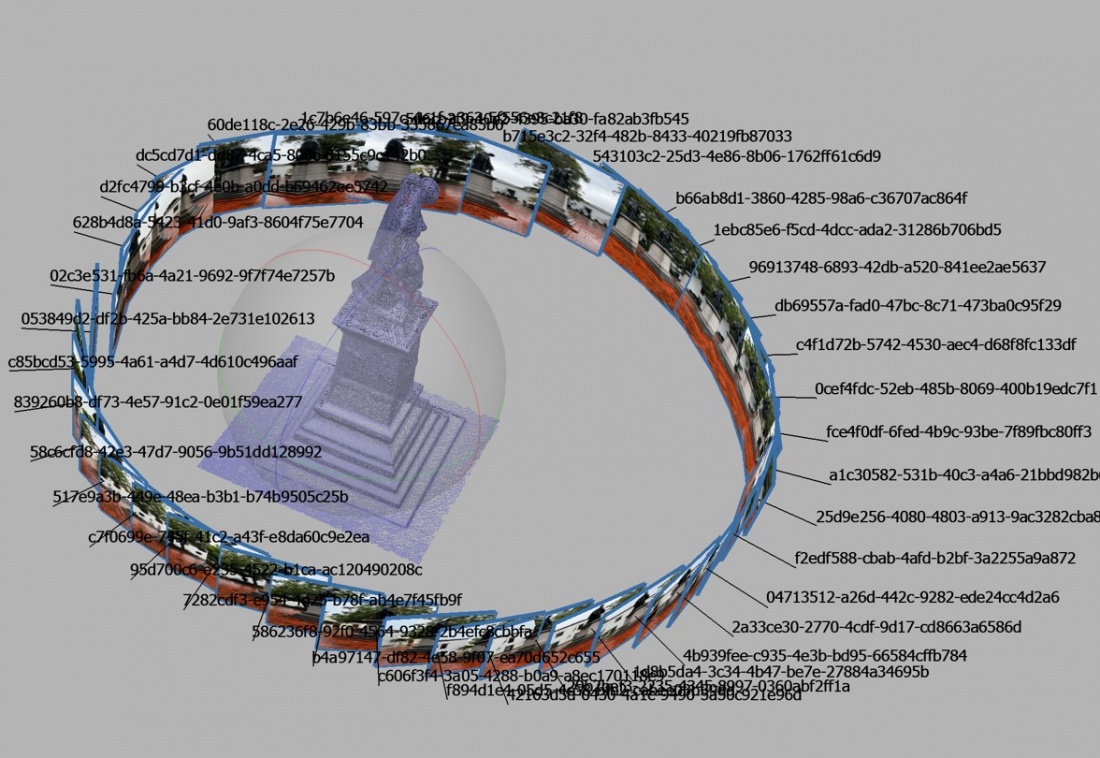
Eighteen profiles from Panama, Cuba, Mexico, and the Dominican Republic participated in the training. The training also included support from the UNESCO World Heritage Center.
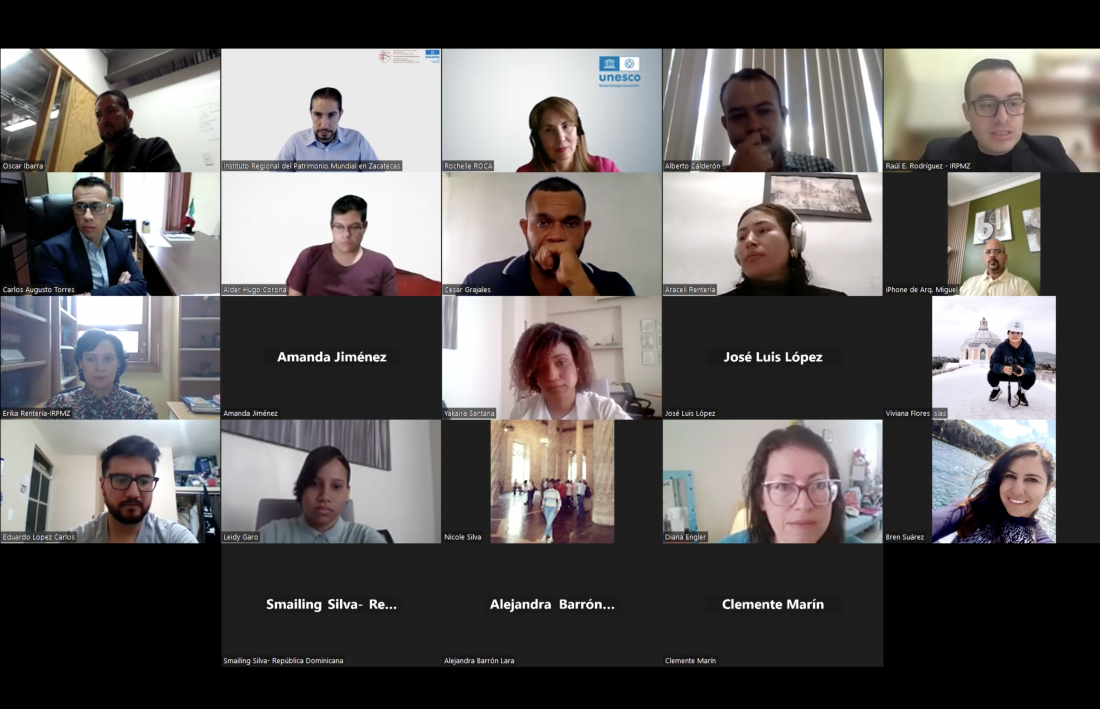
The institutions that received the training included: the Panama Viejo Trust in Panama; the INAH Centers in Puebla, Guerrero Tlaxcala, and Baja California Sur in Mexico; the National Directorate of Monumental Heritage in the Dominican Republic; the National Council of Cultural Heritage in Cuba; the Mexico City Historic Center Trust; the National District Mayor's Office in the Dominican Republic; the Portobelo and San Lorenzo Board of Trustees in Panama; the Guanajuato Historic Center Management Unit in Mexico; the Luis Barragán Study House – Luis Barragán Tapatia Architecture Foundation in Mexico City; and UNESCO Mexico.
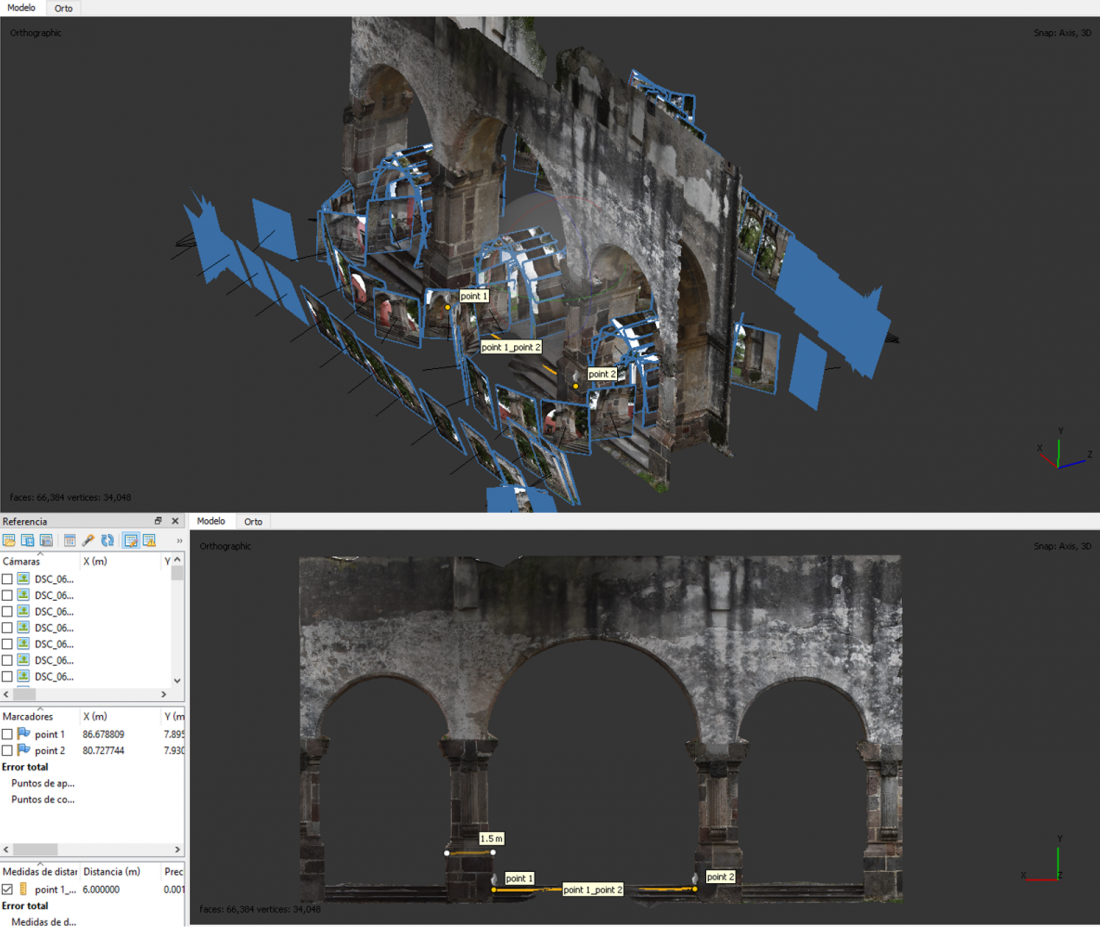
At the end of the course, participants successfully applied the technique in their work environments and submitted products that demonstrated their learning. This will be beneficial for documentation, capacity building related to heritage, and risk management in the subregion of Mexico, Central America, and the Caribbean.
